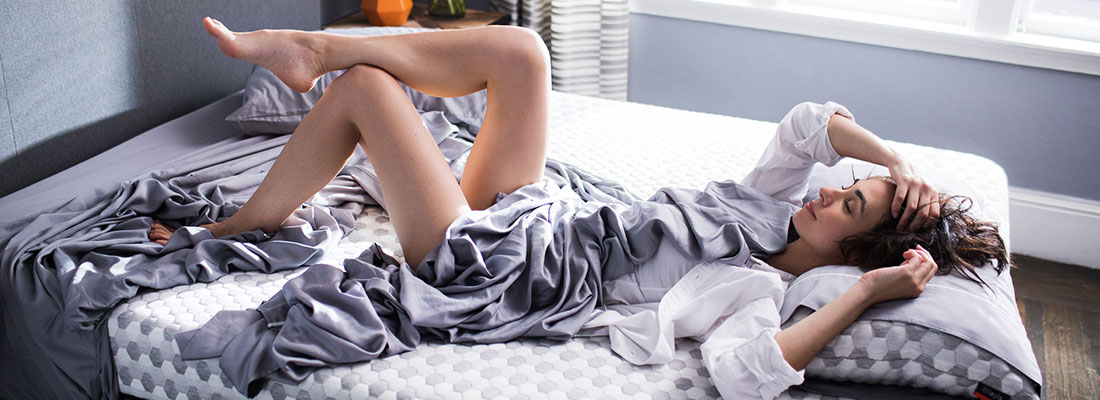How To Stay Cool While Sleeping
Find all the information you need to sleep cool night after night. From product recommendations to educational resources, Layla Sleep can help you get the quality sleep you deserve.

Our Top Picks for Cooling Mattresses
You spend over a third of your life sleeping in bed, which means you need a quality mattress that keeps you comfortable and refreshed throughout the night. At Layla Sleep, we make that happen with our memory foam and hybrid mattresses. If you’re wondering how to stay cool while sleeping, look no further than our mattress recommendations below.
Our Top Pick for Cooling Comforters
Wrap yourself up at night in a comforter that won’t leave you in puddles of sweat. Aside from your mattress, your comforter plays a significant role in how well you sleep at night. See why we chose our down alternative comforter as our top pick for cooling comforters.
Our Top Pick for Breathable Sheets
Your sheets are just as important as your comforter. To get the best quality sleep, you need sheets that are breathable, moisture-wicking, and downright comfortable. Shop our top pick for breathable sheets below.
Our Top Picks for Cooling Pillows
Rest your head comfortably at night on a pillow that keeps you cool and comfortable. At Layla Sleep, we have several pillows to choose from that won’t leave you tossing and turning. See our top picks for cooling pillows below.
Our Top Pick for Cooling Mattress Toppers
If you want the cooling benefits of a Layla Mattress but aren’t quite ready for a full-on upgrade, don’t fret. Cooling mattress toppers are a more convenient and affordable option if you don’t need a brand-new mattress just yet. See what makes our top pick for cooling mattress toppers worth it below.
